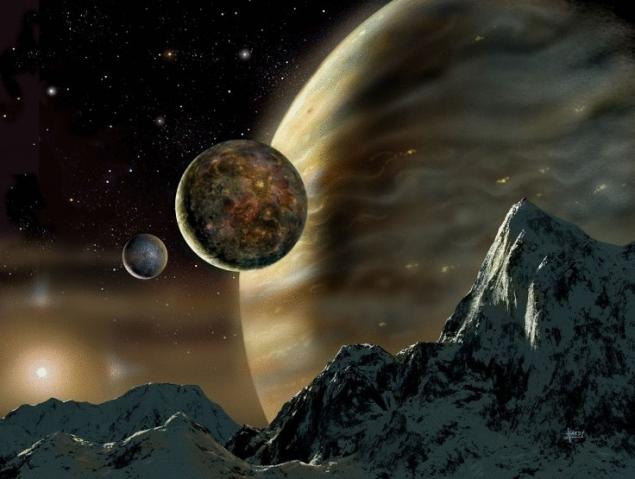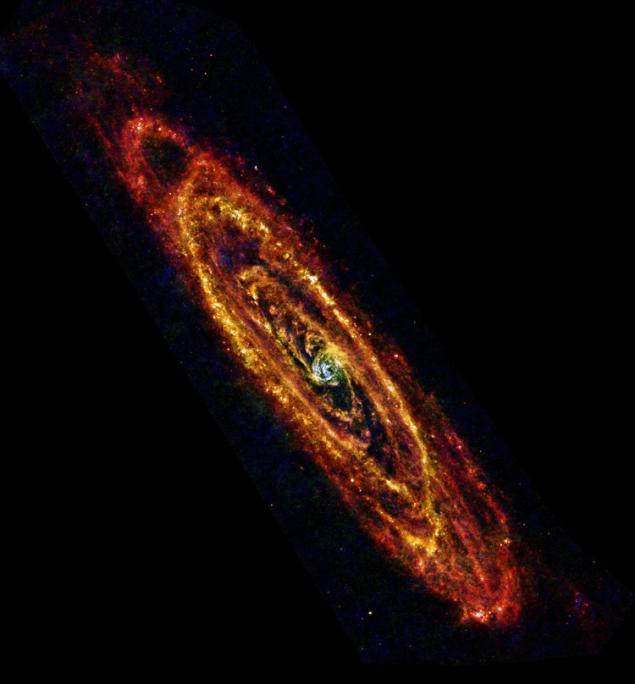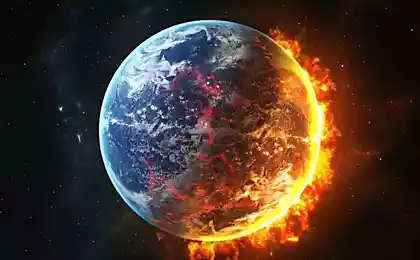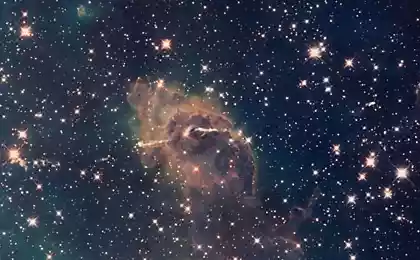572
Potentially habitable planet can destroy the earth

Some experts believe that there is a kind of barrier to the emergence of intelligent life. They call it the Great filter. If we can find intelligent life, then it would mean that a Big barrier is in front of us that some kind of a disaster of epic proportions awaits mankind and aliens.
A great filter is an argument that tries to resolve the Fermi paradox: why we have failed to find the aliens, despite the existence of hundreds of billions of solar systems around our galaxy, where they could develop life? Enrico Fermi noted that it is unusual that there was never found any alien engineering project or signal.

The lack of serious information on the existence of certain extraterrestrial civilizations suggests that at least a step up from the exoplanets, where, theoretically, can be life, just prior to the appearance of a normal development of civilization, it is extremely difficult to do. The explanation is quite simple: intelligent life is very rare or intelligent life has a tendency to die very quickly. This is the so-called Great filter. The cause of his scientists has been discussed for 50 years.
The explanations include the lack of earth-like planets or self-replicating molecules. Among other options — the improbability of a jump from the usual prokaryotes to the most complex eukaryotic life on Earth, this transition took a billion years.

Proponents of the theory of the uniqueness of the Earth say the following: the evolution of complex life requires a huge amount of hard workable, necessary conditions. For example, a planet like ours should be directly in the "habitable" zone around its sun, and far from the center of the galaxy, in order to avoid deadly radiation.
Gas giants of our galaxy must be quite large to remove all the asteroids from the path of movement of our planet. Also required the presence of a large moon, giving us different seasons. This is only a small part of the conditions required for the emergence and existence of intelligent life.
The milky Way — each habitable planet! You may have heard of reports that more than 1/4 of all the sun-like stars in the milky Way galaxy may have planets like Earth. Astronomers studied 166 stars at a distance of 80 light years from Earth and the planets that revolve around them. They found that approximately 1.5% of stars had planets the size of Jupiter, 6% possessed planets with the mass of Neptune

20 light years from us open planet capable of supporting life. The planets included in the solar system red dwarf Gliese 581, one of the closest stars to our Sun in the galaxy, has been the subject of many studies aimed at the discovery of the first potentially habitable exoplanet. Two candidates have already rejected, but a third planet, Gliese 581д can be considered the first confirmed exoplanet where life might exist in its earthly sense. To this conclusion came the team of scientists from the Institute named after Pierre-Simon Laplace in Paris
Named planets, which are far more suitable in comparison with the Earth. The planet suitable for existence of life, does not need to be similar to Earth, the conditions can be even more comfortable, according to the researchers. When you search for habitable planets astronomers are trying to find those objects that are similar to Earth, say rené Heller, McMaster University, Hamilton, and John Armstrong, the State University Weber in Ogden. "However, the conditions on other planets may be most suitable for development and the origin of life
Source: globalscience.ru























